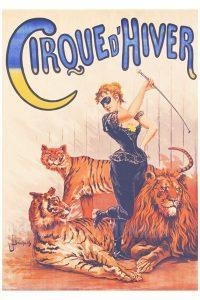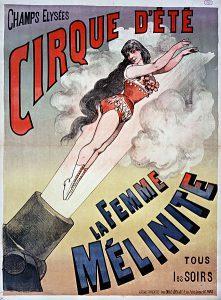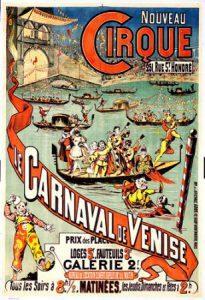France has an incredible circus tradition that draws crowds throughout the year. For many cultures and especially in Europe, the circus is an outdated spectacle from the past that has lost its attraction. Here in Chamonix, we have always received travelling circus companies such as the Rome Circus, which has come to town again now from the 1st-2nd August. Bringing a fantastic show of acrobats, illusionists, clowns and unfortunately still, some wild animals. There is a movement now in Chamonix to create a performance based Circus without the wild animal element. We hope the plight of all the like minded individuals in Chamonix, who are fans of nature, performance and beauty in its wild free form, will soon be enjoying everything we love about the circus through amazing human performance.
The modern circus is a 250 year old tradition, started by an Englishman called Philip Astley. A talented horse trainer, Astley arranged equestrian shows calling it an Equestrian Circus after the circular arena he trained the horses in. In 1770, he expanded the show by adding acrobats, jugglers and clowns. Popularity steadily grew and two years later, Astley and his Circus was invited to perform for Louis XV in Paris, France.
The dauphin de France was so impressed by the performance that he commanded for a permanent circus to be established in Paris, called l’Amphithéatre Anglais. From then on the concept of the circus was recreated and popularised throughout Europe.
 For the next fifty years, circuses developed new acts and exhibited exotic animals. In 1812, the Franconi family Cirque Olympique in Paris had the first performing elephant, called Kioumi. The French gymnast, Jules Léotard formalized one of the first flying trapèze acts and fashioned skin-tight costumes, hence the word léotard.
For the next fifty years, circuses developed new acts and exhibited exotic animals. In 1812, the Franconi family Cirque Olympique in Paris had the first performing elephant, called Kioumi. The French gymnast, Jules Léotard formalized one of the first flying trapèze acts and fashioned skin-tight costumes, hence the word léotard.
For the first half of the 20th Century, the circus was a global phenomenon drawing huge crowds; but by the 1970s, due to alternative entertainment and animal rights concerns, popularity withdrew and most circus companies went out of business.
In 1978, the French Government’s Ministry of Culture came to the aide of the dying performance. Authorising that the circus to be preserved and sustained just as the theatre or ballet. This grouping gave funding to artists and companies to develop and continue this particular art form. And now we have the contemporary circus or nouveau cirque; celebrating the performance arts, culture and tradition.
Here is some Circus vocab!
Le Vocabulaire du Cirque:
un cirque – circus
un spectacle – performance
un artiste de cirque – circus performer
suivre – to show
avoir lieu – to take place
s’entrainer – to train, practice
un jongleur – juggler
un/une mime – mime artist
un magicien / une magicienne – magician
un acrobate – acrobat
un clown – clown
un trapéziste – trapeze artist
un funambule – a tightrope walker
un ballon – ball


